
The Evolution of Wristwatches Through the Decades: A Timeless Journey
Introduction to Wristwatches
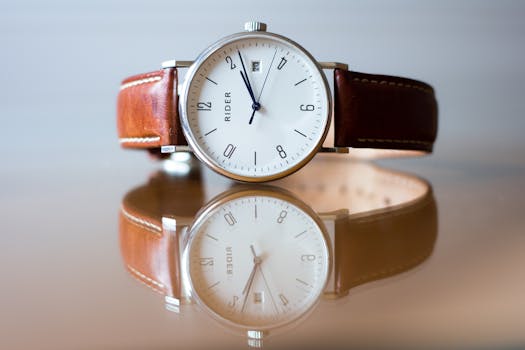
The Evolution of Wristwatches Through the Decades: A Timeless Journey. Wristwatches have been a staple in fashion and functionality for over a century. From their humble beginnings as pocket watch adaptations to the modern smartwatches of today, wristwatches have undergone a significant transformation. In this article, we will delve into the history of wristwatches, exploring their evolution through the decades and highlighting the key milestones that have shaped the industry.
The Early Years (1860s-1900s)
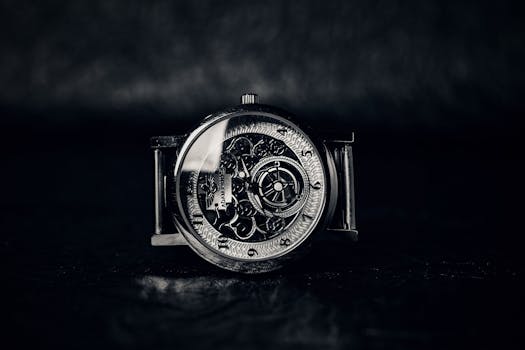
The concept of wristwatches emerged during the 1860s, when Swiss watchmakers began experimenting with attaching pocket watches to leather straps. These early wristwatches were primarily marketed towards women, as they were seen as a more practical and fashionable alternative to pocket watches. The first wristwatch designed specifically for men was introduced in 1901 by Louis Cartier, who created the Santos watch for aviation pioneer Alberto Santos-Dumont.
The Interwar Period (1910s-1930s)
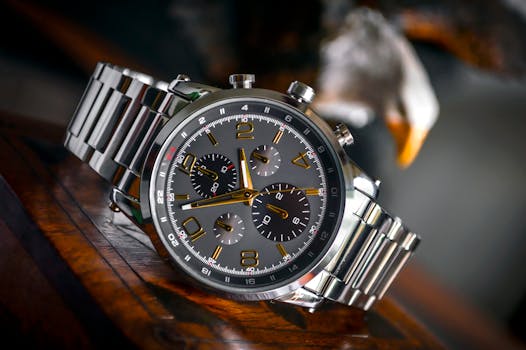
The interwar period saw a significant increase in the popularity of wristwatches, particularly among men. The introduction of the trench watch during World War I, which featured a waterproof case and a luminous dial, marked a significant turning point in the evolution of wristwatches. The 1920s and 1930s also saw the rise of iconic watch brands such as Rolex, Omega, and Patek Philippe, which would go on to become synonymous with luxury watchmaking.
The Post-War Era (1940s-1960s)
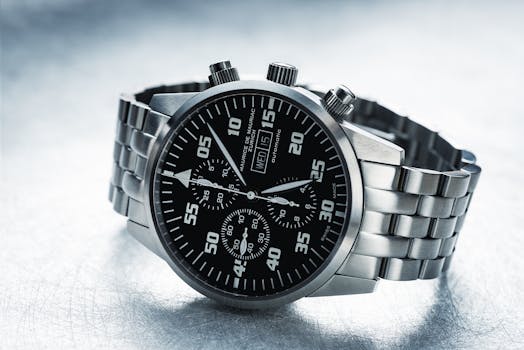
The post-war era saw a significant shift in the wristwatch industry, with the introduction of new materials and technologies. The development of quartz crystal oscillators led to the creation of more accurate and reliable watches, while the introduction of plastic and stainless steel cases made watches more accessible and affordable for the masses. This period also saw the rise of iconic watch designs, such as the Rolex Submariner and the Omega Speedmaster, which would become staples of modern watchmaking.
The Modern Era (1970s-Present)
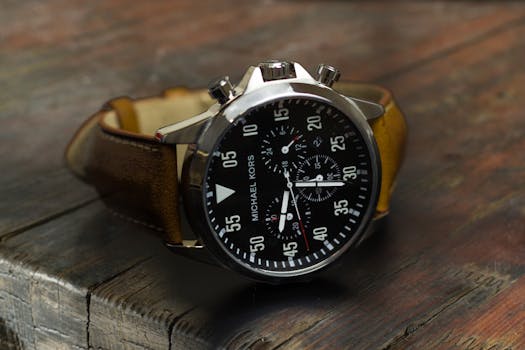
The modern era has seen a significant transformation in the wristwatch industry, with the introduction of digital watches, smartwatches, and hybrid watches. The 1970s saw the rise of digital watches, which featured LED displays and quartz crystal oscillators. The 1980s and 1990s saw the introduction of analog-digital watches, which combined the traditional analog display with digital features such as date and time displays. The modern era has also seen a significant increase in the popularity of smartwatches, which feature a range of functions including fitness tracking, notification alerts, and mobile payments.
Takeaways
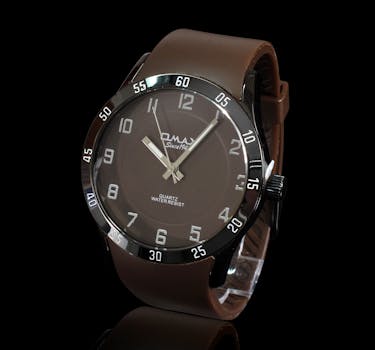
- The evolution of wristwatches has been shaped by advances in technology and materials.
- Iconic watch brands such as Rolex, Omega, and Patek Philippe have played a significant role in shaping the industry.
- The modern era has seen a significant transformation in the wristwatch industry, with the introduction of digital watches, smartwatches, and hybrid watches.
Conclusion
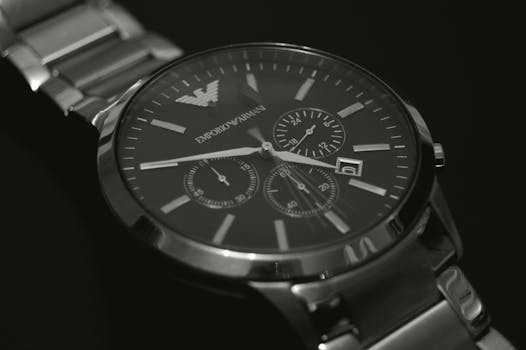
The evolution of wristwatches through the decades has been a fascinating journey, marked by significant milestones and innovations. From their humble beginnings as pocket watch adaptations to the modern smartwatches of today, wristwatches have undergone a significant transformation. As we look to the future, it will be exciting to see how the industry continues to evolve and innovate, shaping the watches of tomorrow.






